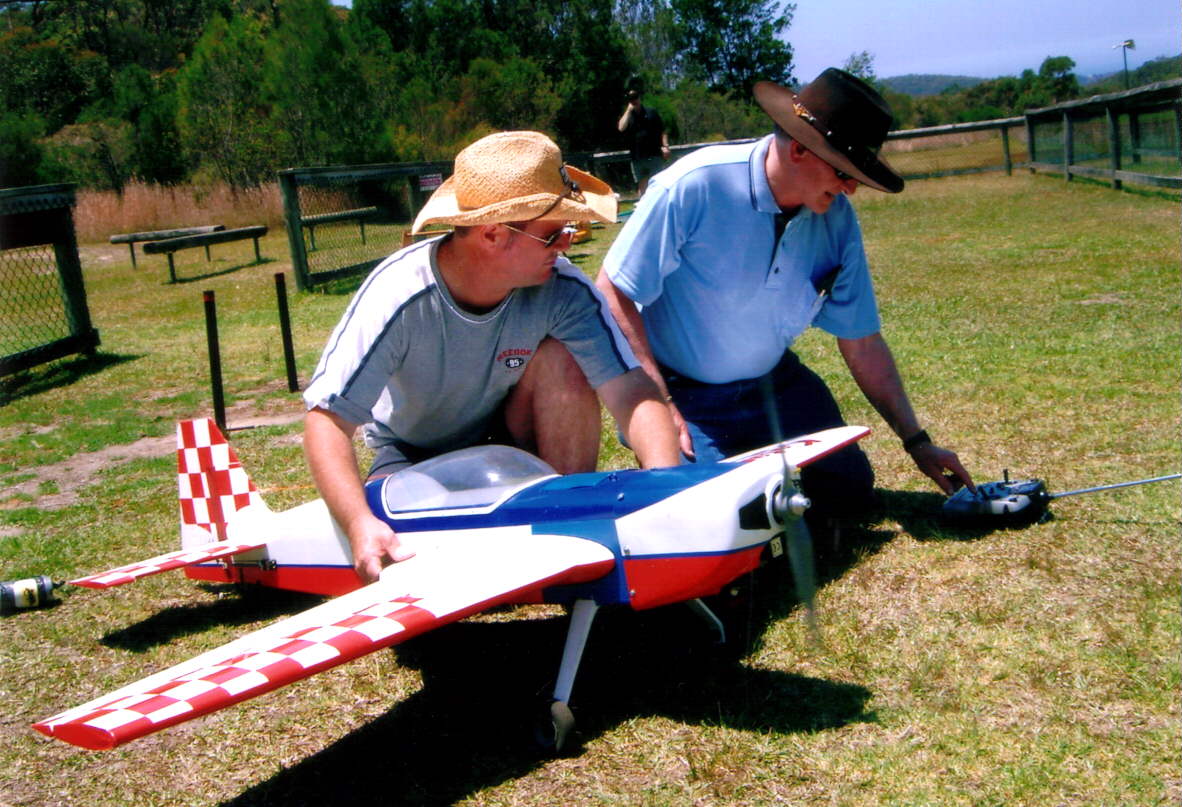Here's a place to store a bit about the club history and major events. We'll add to it as interesting stuff is submitted.
First some photos from the early days at the field - when we were first bringing it back from a quarry (including growing our own seedlings of the native trees and replanting):
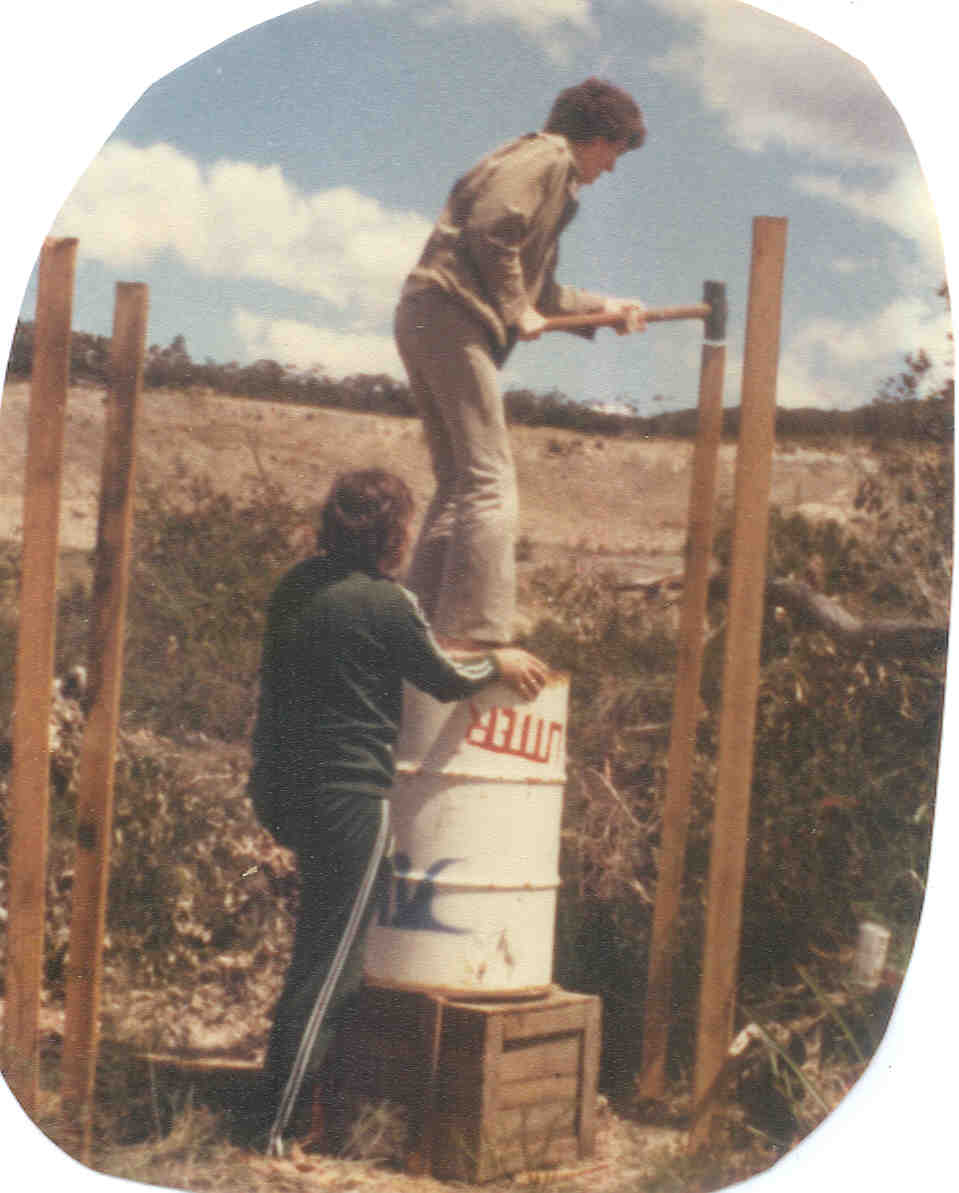
This is the construction of the first dunny.
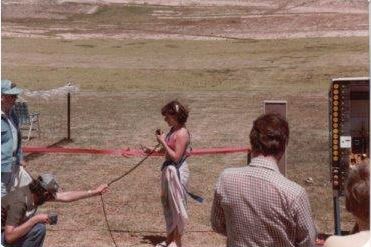
The official opening of the Belrose WRCS field.
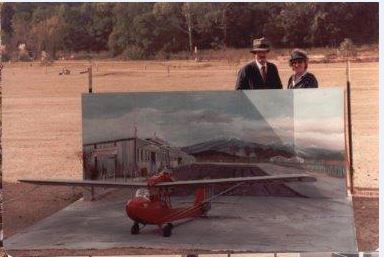
No idea, but nice hat.

The WRCS field in 1979

Grass laid, prior to the replanted areas maturing.

Early buildings.

View from the air. Much more vegetation nowadays.

No info on this one.
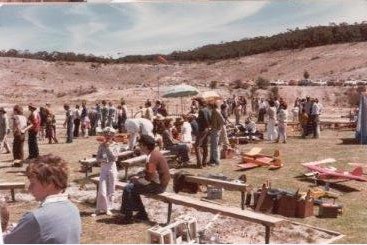
You can probably estimate the year from the flares (although there's every chance that a few of our members still have a pair of flares or two in their wardrobe)
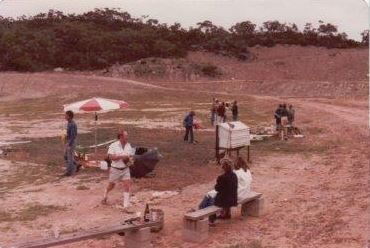
A lot more mud and less vegetation. A far cry from our immaculately maintained facility today.
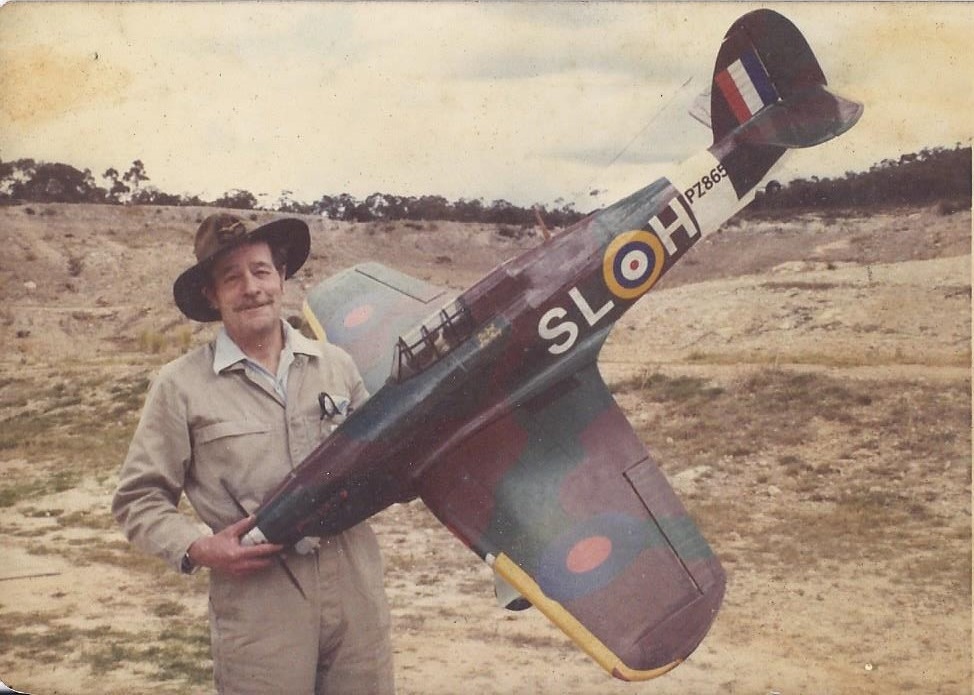
The Red Baron - Stuart Leon Harris. Spitifre and Hurricane pilot during WW2, but nearly took more damage at the WRCS field when Dave Pound ran (an aircraft) into his leg! Famous for landing a Beech Musketeer in the Oval at Kings School, Parramatta when it ran out of fuel. Alan Place waa the passenger at the time. Removal was harder, involving taking the wings off and putting it all on a truck. This photo was tekn not long after the club moved from Terrey Hills. In the early days, the runway was a length of conveyor belt. Better for takeoffs than for landings!



